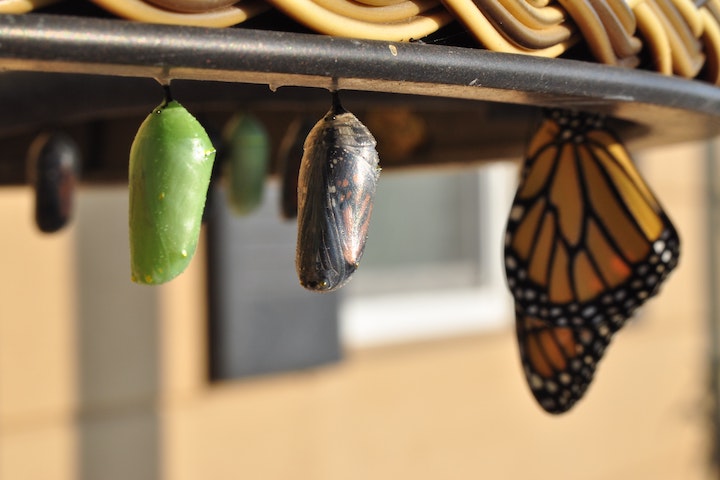As fundraisers, we know many of the fundamental metrics that should be used to assess the performance of our programs. Things like
- recruitment volumes
- second gift rates
- retention rates
- regular giving attrition
- long term value
- bequest confirmations
The list goes on. Over the next little while, we thought it would be worth exploring some of these metrics. What they mean, why we use them, and how we can get strategic value from them.
As part of Fundraising Insights, we’ll use the donor lifecycle and explore how we can identify issues, or share our successes as fundraisers with specific metrics.

Donor lifecycle
One of the first measures we wanted to explore was what we refer to as Donor Activation as it more clearly speaks to what we’re aiming to achieve rather than its traditional term of Second Gift Rate.
Measuring donor activation
To measure donor activation we look at the number of recruits who make a second gift in a defined period (usually 12 months) and divide by the number of recruits who have matured by the same period.
Okay, so maybe it’s not quite that simple. The questions that come to mind in trying to understand donor activation are:
- why 12 months?
- what happens if we pick a different period?
- why do our recruits have to mature by the same period?
Why 12 months?
In analysing recruits in the past and how donors activate over 5 years, we would often observe that more than half of the donors that would activate, typically do so within the first 12 months (55-70%). The remaining activations taking much longer creating a ‘long tail’ of activations. This gives confidence that by measuring at 12 months, we’re able to account for a healthy proportion of activations without having to wait too long to get helpful and robust results.
What happens if we pick a different period?
If we think about the nature of a single gift appeal program, many programs only run four or five appeals a year plus impact reporting. If we looked to use three months as our base, chances are our recruits won’t have received anything particularly impactful that prompts them to give.
Measuring at 6 months would only see up to 50% (give or take performance fluctuations) of total activations, potentially giving a false sense of success. This is particularly true when we consider that many donors only give once a year.
Extending the measurement window to 24 months would see a slightly bigger activation rate, however, the lag of waiting 24 months for feedback makes it less helpful in understanding success. Based on these insights, 12 months became the ‘Goldilocks’ timeframe.
Not too short, not too long, just right.
There is another factor that is often not thought too much about but should influence how we look at the success of our donor activation. This is the impact that donor activation has on making another gift. We understand that donors who activate are more likely to make another gift than those that are yet to activate. The question is, does activating sooner (0-6m) make much difference compared to activating later (12-18m)?
From the chart above, we can see the positive impact that shorter activation timeframes have. Whether this is the result of prompted behaviour or just the outcome of recruiting great donors is difficult to determine with this data. We can, however, be confident that donors activating within the first 9 months, consistently go on to have better outcomes than those beyond 12 months.
What does this mean for our programs?
Ultimately, this demonstrates the importance of looking at donor activation at several intervals of time, not only 12 months. It also suggests that we should be investing efforts early to activate donors to see improved longer-term performance. By improving the proportion of activations within the first 9 months we’re able to see an uplift in third gift rates of 20% or greater.
If you’d like more insights like these to improve your fundraising program, register for the first round of Fundraising Insights in 2022.
